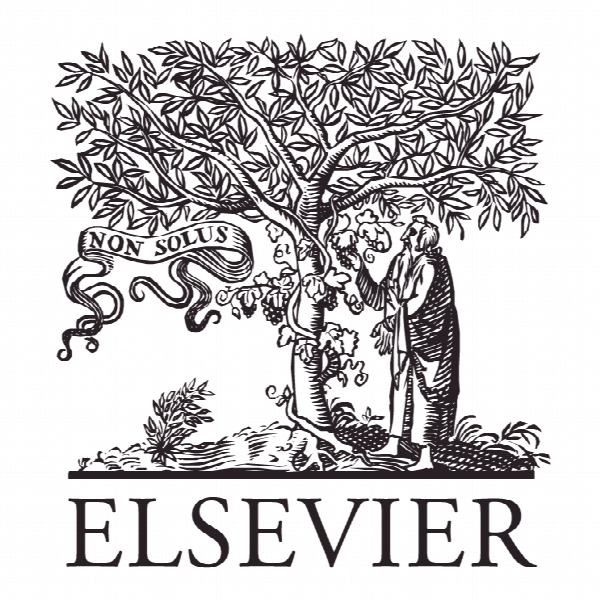یک مدل ساده برای سری نوسانات پیش بینی حال حاضر A simple model for now-casting volatility series
- نوع فایل : کتاب
- زبان : انگلیسی
- ناشر : Elsevier
- چاپ و سال / کشور: 2017
توضیحات
رشته های مرتبط آمار
مجله بین المللی پیش بینی – International Journal of Forecasting
دانشگاه کلن، آلمان
نشریه نشریه الزویر
مجله بین المللی پیش بینی – International Journal of Forecasting
دانشگاه کلن، آلمان
نشریه نشریه الزویر
Description
1. Introduction The literature on volatility models continues to grow steadily, driven mainly by the success of these models at modelling financial time series, but also by the fact that we do not yet understand some of their properties and estimators fully. The main benchmark remains the classical GARCH model that was introduced by Bollerslev (1986) and Engle (1982), due to its simplicity in estimation and widespread availability in software packages. The GARCH model is essentially a model for predicting the volatility for today, given past observations. It does this quite well, as was demonstrated by Andersen and Bollerslev (1998) using a realized volatility target instead of the commonlyused daily squared returns. However, the GARCH model does not offer the possibility of updating a prediction using today’s observed data. In other words, nowcasting volatility in the GARCH model corresponds to using the predictedvolatility, ignoring today’s observation. Following Andersen and Bollerslev (1998), we consider a continuous time process where the instantaneous returns are generated by the martingale dp(t) = σ (t) · dWp(t), (1) where Wp(t) is a Wiener process with E[Wp(t) − Wp(t − 1)] 2 = 1. In discrete time with t = 1, 2, . . . , T , the variance is σ 2 t ≡ E[p(t) − p(t − 1)] 2 = t t−1 σ (s) 2 ds. (2) For concreteness, let us consider the diffusion limit of the GARCH(1,1) process given by dσ (t) = a1[a2 − σ (t) 2 ] · dt + 2a3a1 σ (t) · dWσ (t), (3) where a1, a2, a3 are positive parameters and the standard Wiener process Wσ (t) is independent of Wp(t) (see also Andersen & Bollerslev, 1998).


